A 65 inch TV is 56.9" wide x 35.5" tall without the stand. Discover the ideal viewing distance for an immersive...
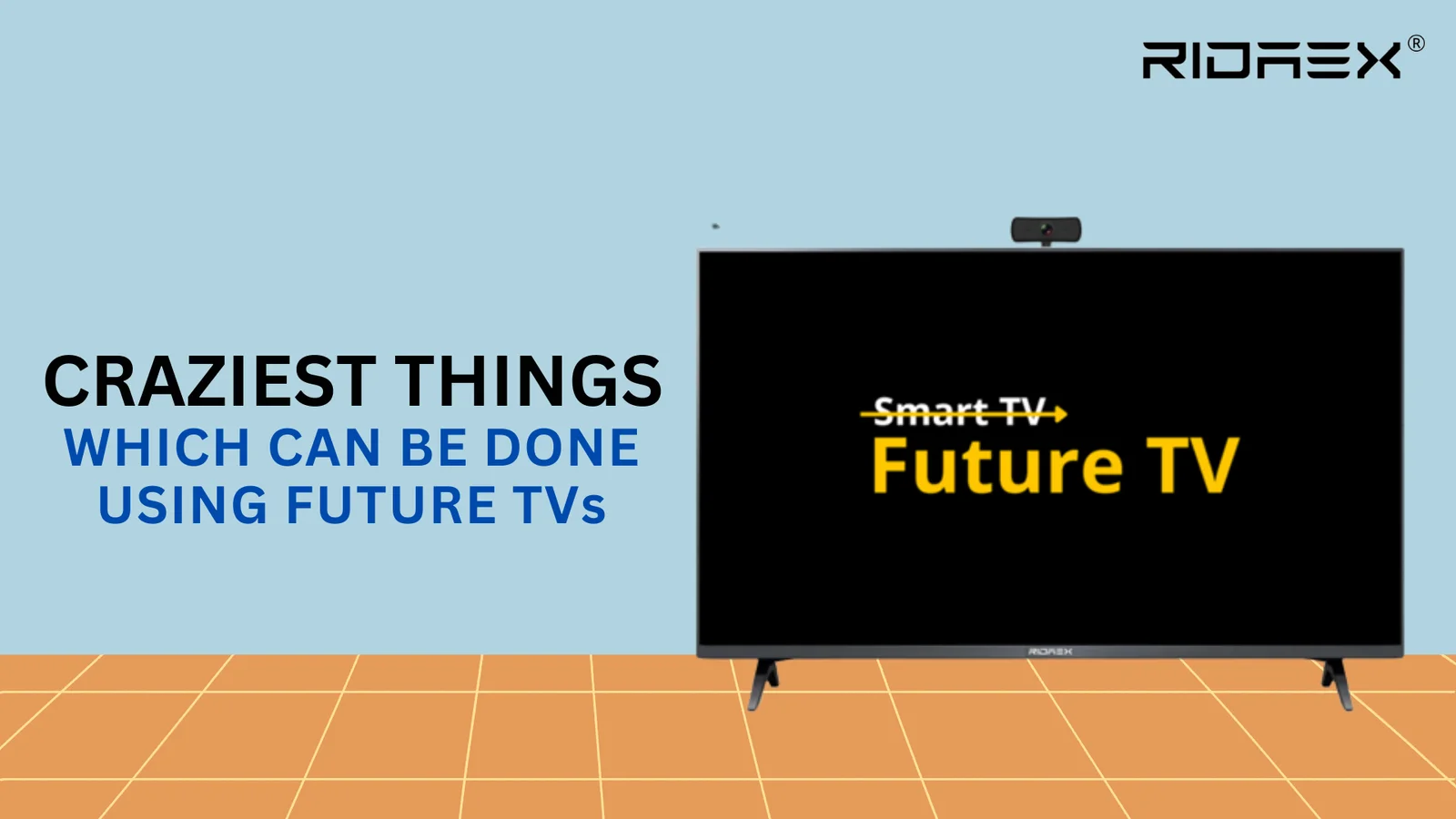
Craziest things which can be done using Future TVs
Augmented Reality (AR) is a technology that enriches our perception of the real world by overlaying digital information onto it. Using devices like smartphones, tablets, or AR glasses, AR combines computer-generated images, videos, or data with the user's physical surroundings. This integration creates an interactive and immersive experience where virtual elements appear to coexist with the real environment. AR relies on cameras, sensors, and location tracking to accurately place and anchor digital content, allowing users to interact with and manipulate these virtual objects in real-time. From interactive gaming and informative visualizations to practical applications in fields like education, healthcare, and navigation, AR enhances our understanding and engagement with the world by seamlessly blending the digital and physical realms.
Social Viewing:
Future TVs will enable shared experiences like never before thanks to augmented reality (AR), which elevates social watching to new levels. Future TVs will allow many people to participate in interactive and cooperative watching sessions thanks to augmented reality integration. Friends and family members may virtually get together while interacting as hologram avatars in one other's living spaces from separate locations. They may connect in real-time while watching movies, playing games, and playing together, creating a sense of community despite their geographical separation. By enabling shared annotations, 3D object manipulation, and timed content engagements, this technology improves social interactions. Future TVs with augmented reality capabilities change the idea of "being together" in the digital era, transforming communal watching into an immersive experience that crosses boundaries and fosters collaboration.
Personalized Viewing:
With augmented reality (AR) on future TVs, personalised watching advances significantly. These state-of-the-art TVs deliver customised content experiences by seamlessly integrating augmented reality (AR) components into the viewer's environment. Future TVs will be able to curate material that fits each user's interests by analysing user preferences and the environment using cameras and sensors. Think about a history buff taking in immersive reenactments or a nerd performing experiments virtually at home. Future TVs with AR enhancements adapt to learners' choices, languages, and learning methods, turning education into an exciting journey. Viewers may alter data, interact with 3D models, and physically investigate many topics. In addition to enhancing education, this personalised AR-driven strategy revolutionises entertainment by bringing a new level of immersion and enrichment to each watching experience. A transformational and engaging viewing experience is promised by the combination of personalised AR and future TV technologies.
Virtual Celebrities and characters:
In the future landscape of television, augmented reality (AR) will bring virtual celebrities and characters directly into our living rooms. Using advanced AR technology, these virtual personas will seamlessly integrate into our physical environment, appearing as lifelike entities. Viewers will be able to interact with their favourite fictional characters, historical figures, or even entirely new digital celebrities. These virtual beings can provide personalized entertainment, offer insights, and engage in real-time conversations, blurring the lines between fiction and reality. Imagine discussing the latest news with a virtual journalist or sharing a laugh with a beloved animated character. This innovation will not only revolutionize entertainment but also open up new possibilities for education, storytelling, and social interaction, ultimately transforming our TV experiences into dynamic and immersive encounters with the virtual world.
Educational Content:
Through augmented reality (AR), Future TV has the power to revolutionise education. By presenting instructional material overtop of the environment, students will engage in immersive learning. Understanding will be improved by the use of 3D models, interactive graphs, and historical reconstructions. Fluency might be improved by language learning through virtual discussions with characters controlled by AI. The use of virtual experiments in science classes can encourage experiential learning. It is possible to replicate historical events so that students can experience history firsthand. Additionally, AR-enabled TV will promote collaborative learning by bridging geographical boundaries between pupils. Imagine being able to attend lectures by well-known specialists while sitting at home, studying with students from all over the world, or taking part in online study groups. Learning will become more accessible, engaging, and personalised as a result of the merging of augmented reality and instructional television.
Spatial Audio and 3D Sound:
Spatial audio and 3D sound are poised to redefine the augmented reality (AR) experience with future TVs. By integrating these technologies, viewers are enveloped in a three-dimensional auditory environment that mirrors the visual enhancements of AR. Future TVs equipped with spatial audio can accurately position sounds in relation to the user's physical space, creating a sense of immersion and realism. As users interact with AR content, 3D sound enhances the perception of depth and distance, adding a layer of realism that complements the visual elements. This synergy between spatial audio, 3D sound, and AR opens up new dimensions for entertainment, education, and storytelling. Whether it's walking through a virtual museum or engaging in an educational simulation, the convergence of spatial audio and 3D sound with future TV technology promises a truly captivating and multisensory experience.




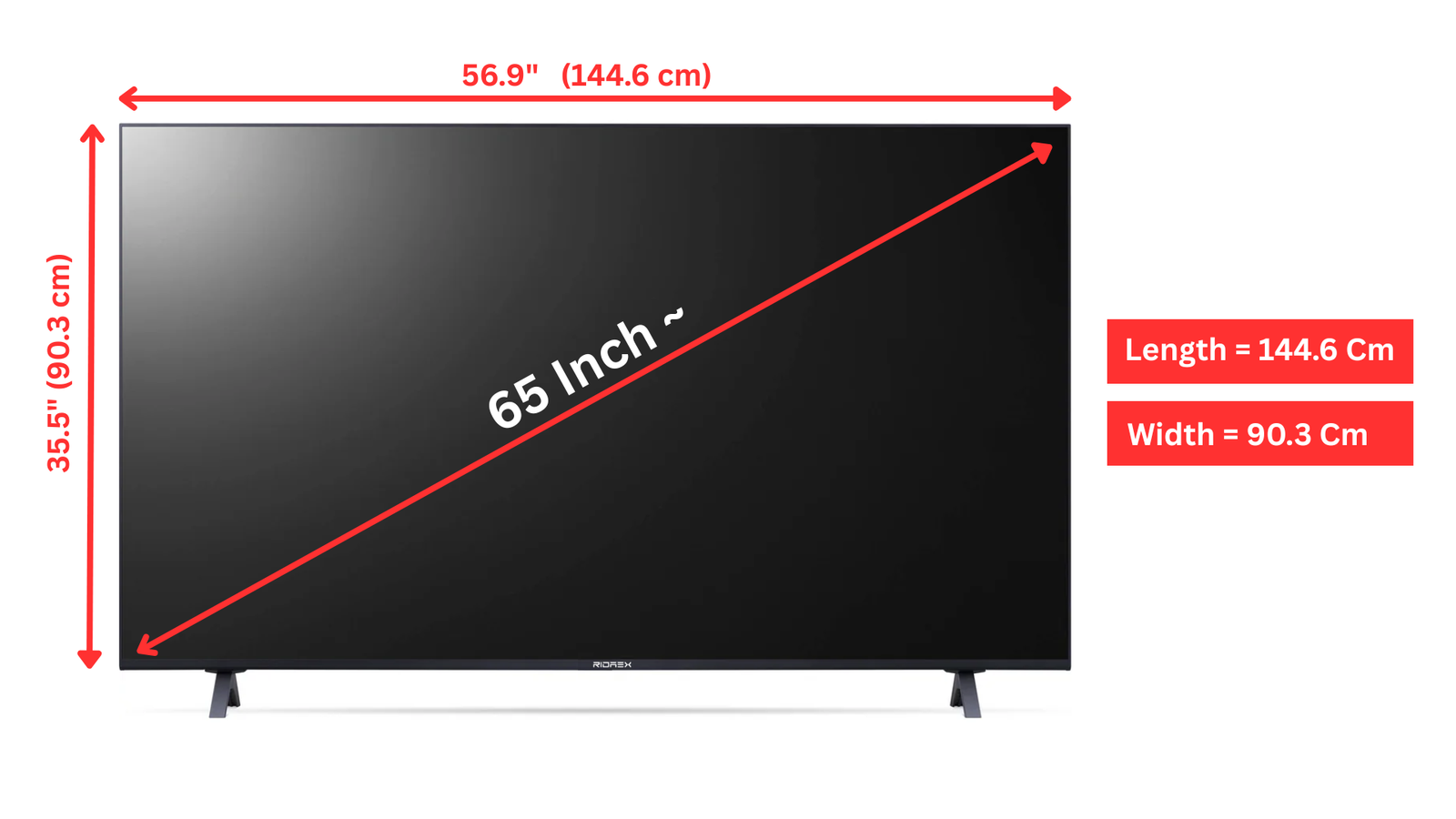
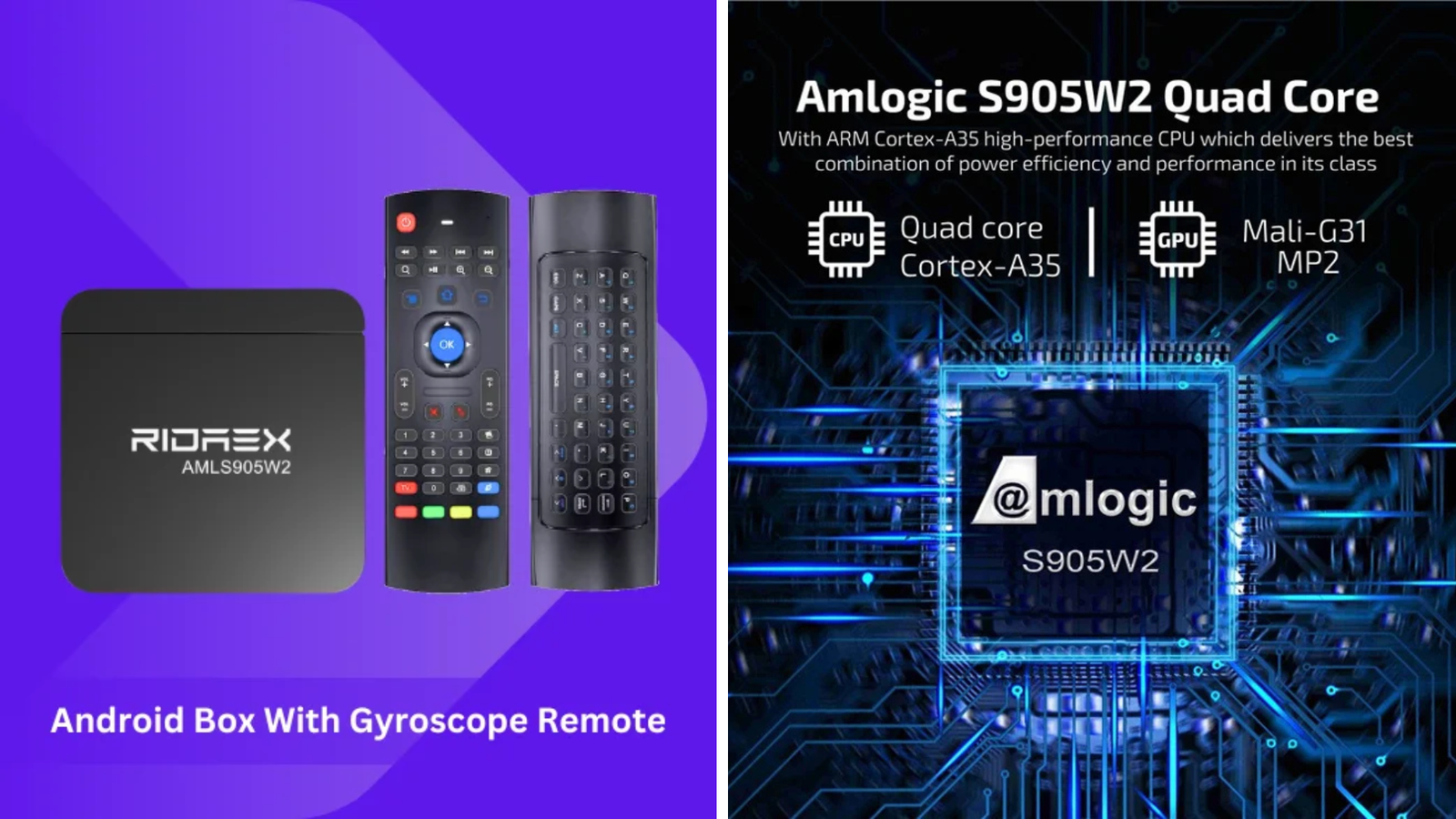
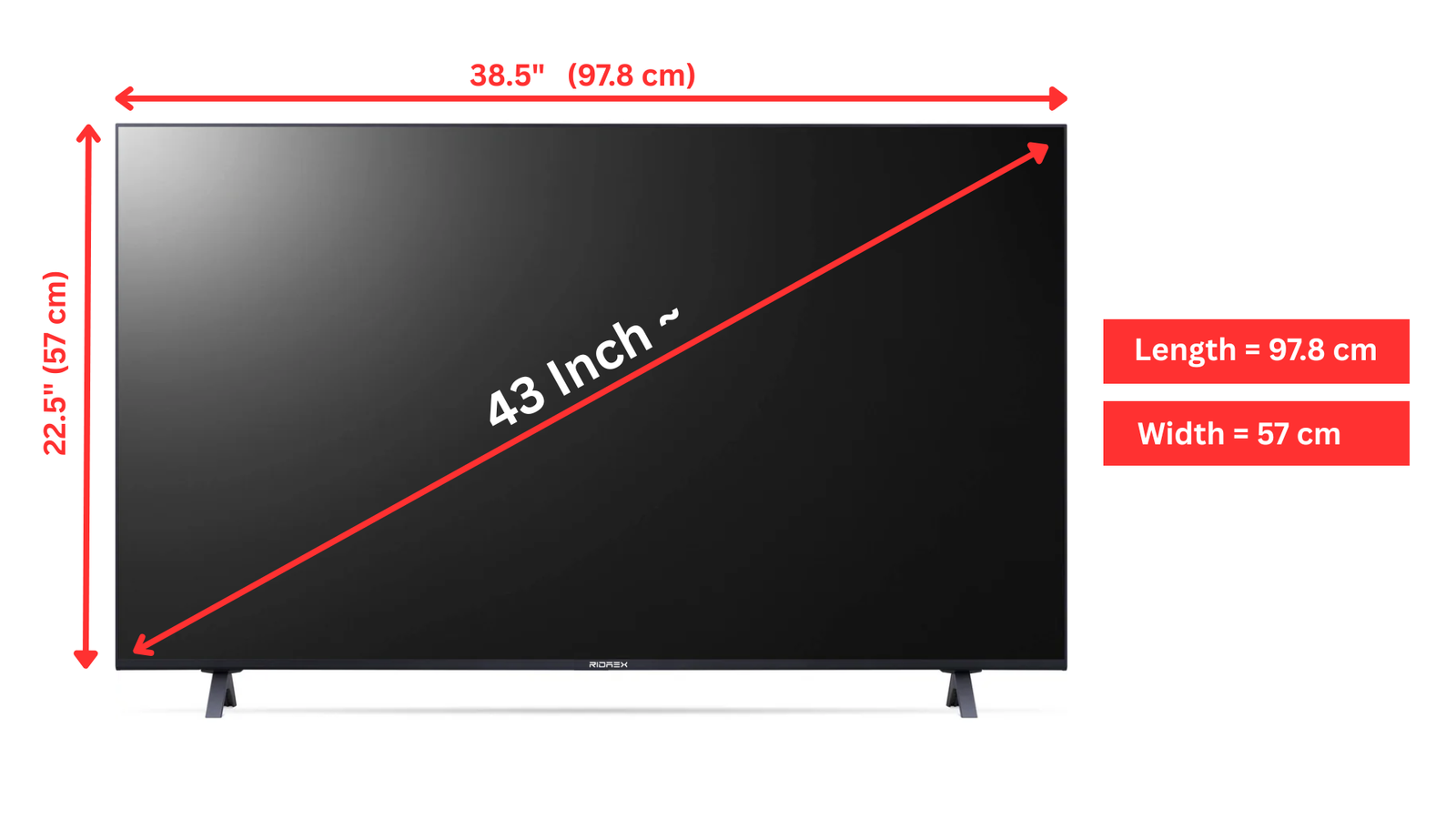
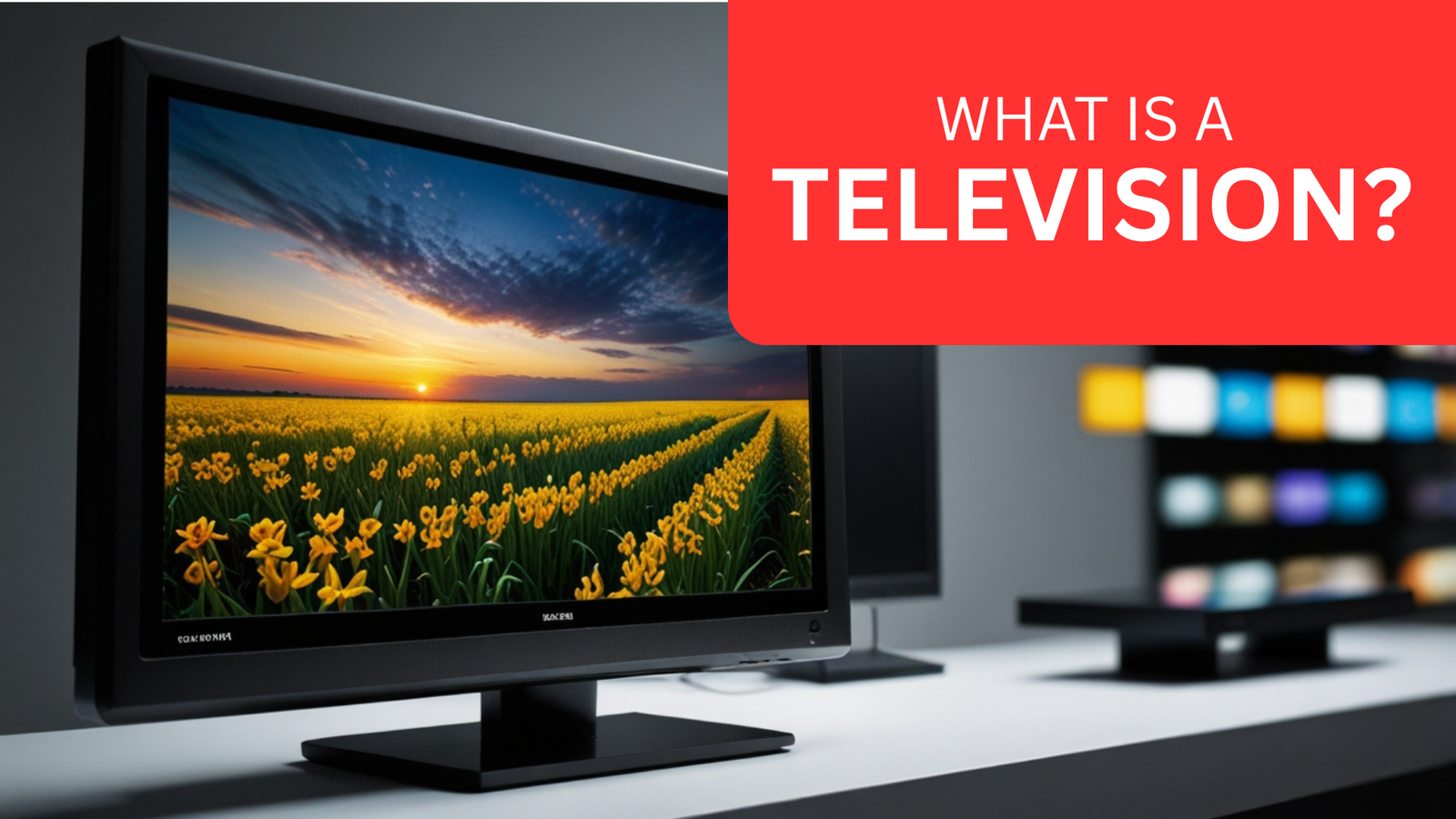











Leave a comment